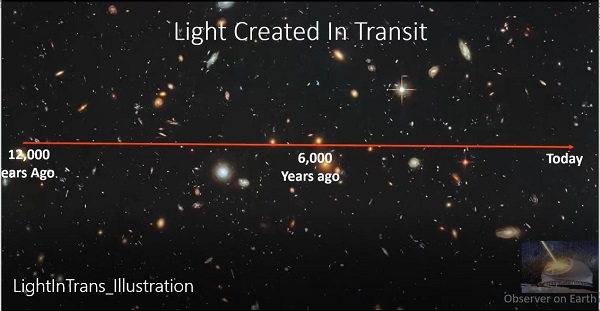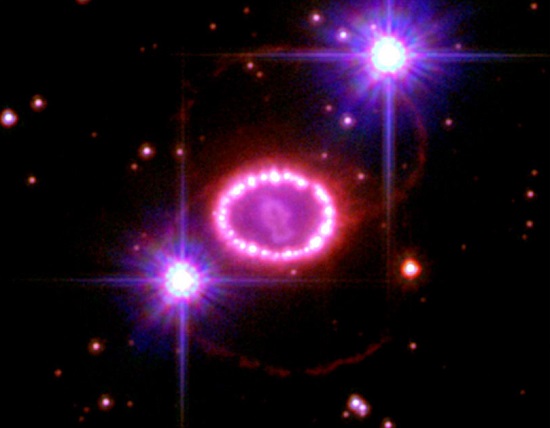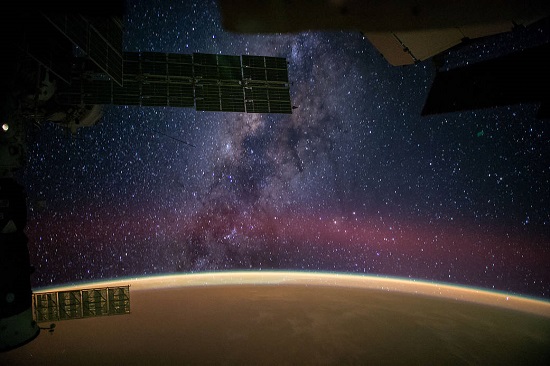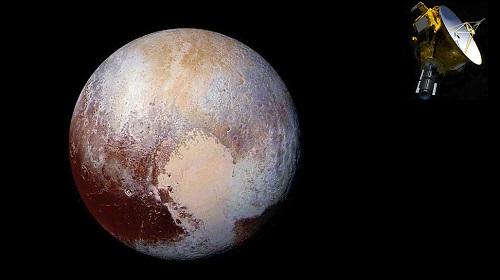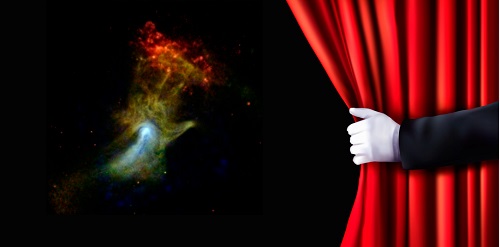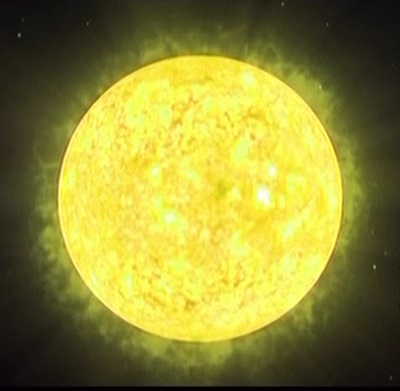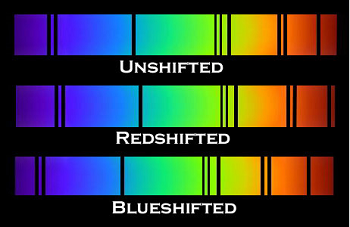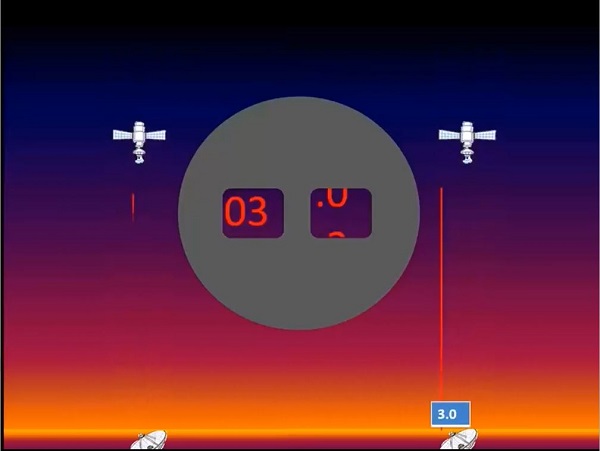
At the conclusion of my first two-part series (part 1, part 2) on distant starlight, it seemed clear to me that I should revisit this topic. I want to address specifically the issues with Lisle’s ASC theory. I initially thought it provided the best solution to the distant starlight problem. But after much study on the matter I came to the conclusion that not only does Lisle’s theory fall to Occam’s razor, if a key required stipulation is not true concerning light, it doesn’t even qualify to explain a 6,000 year old creation. I was thus forced to conclude Danny Faulkner’s Dasha theory (essentially God did it somehow – we don’t know how) is the best answer. But I wanted to return to Lisle’s ASC and look more closely at what I consider the failings of the theory that I thought when I started the previous series would be the preferred solution to the distant starlight problem. Continue Reading

